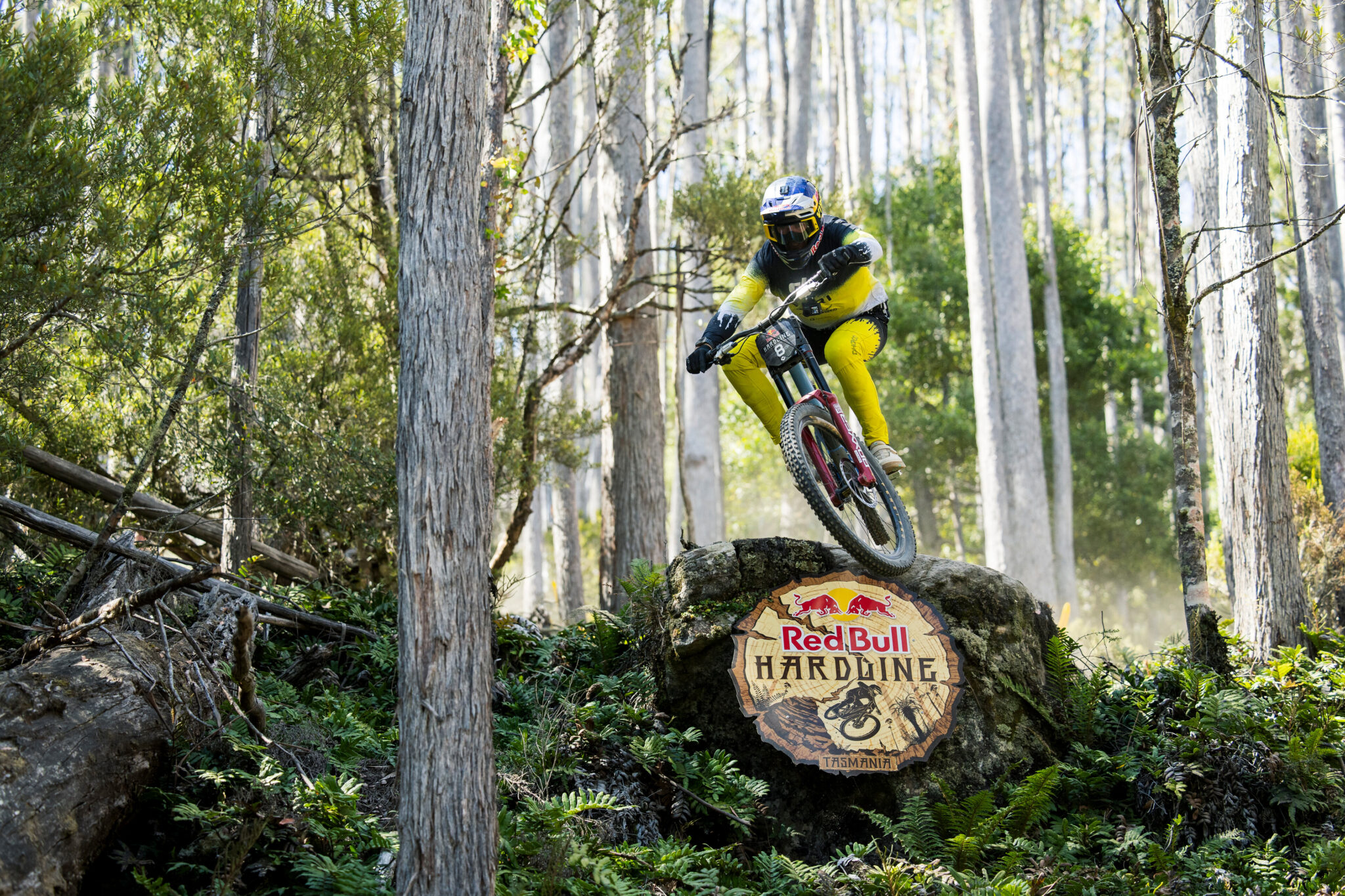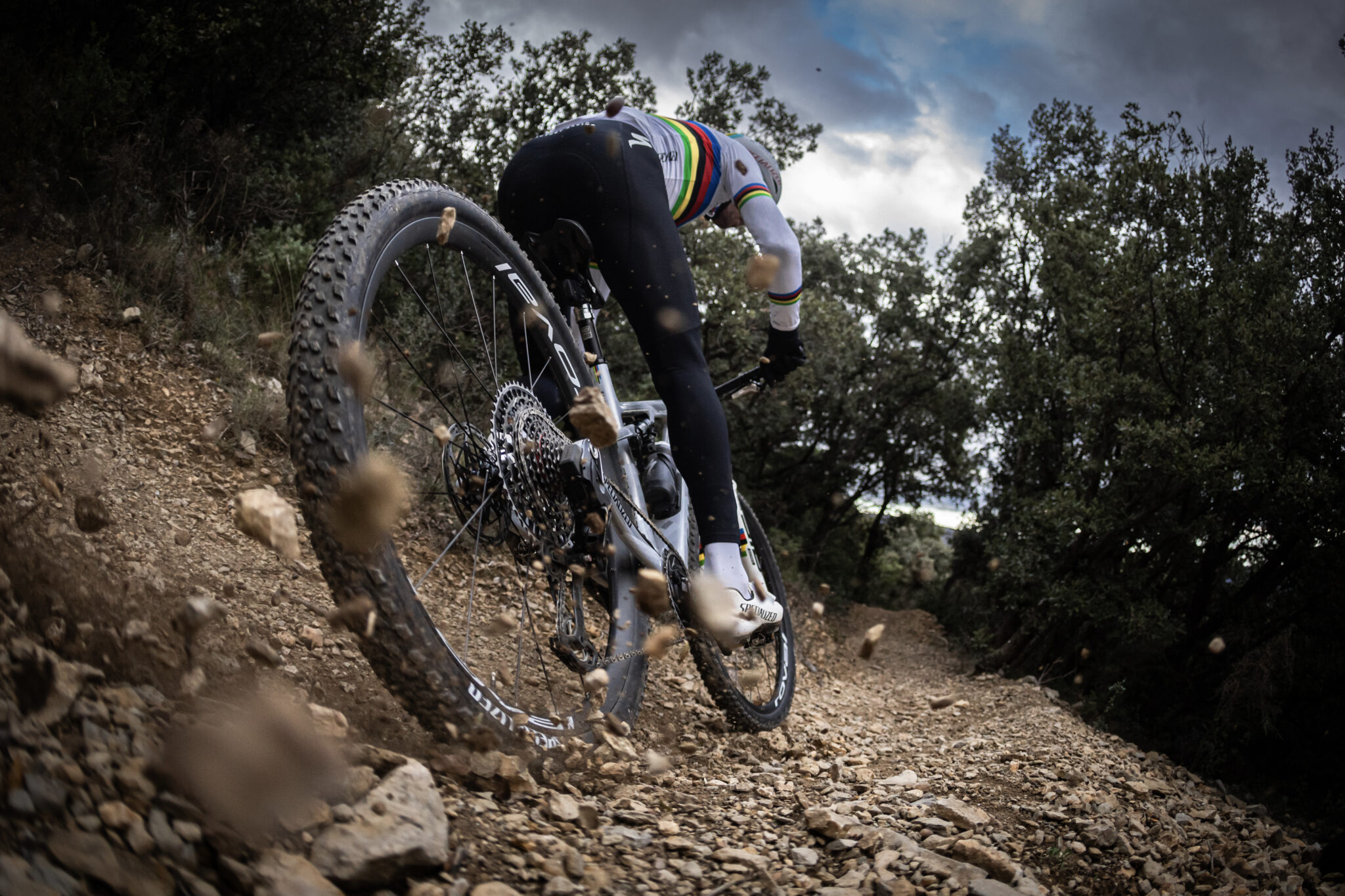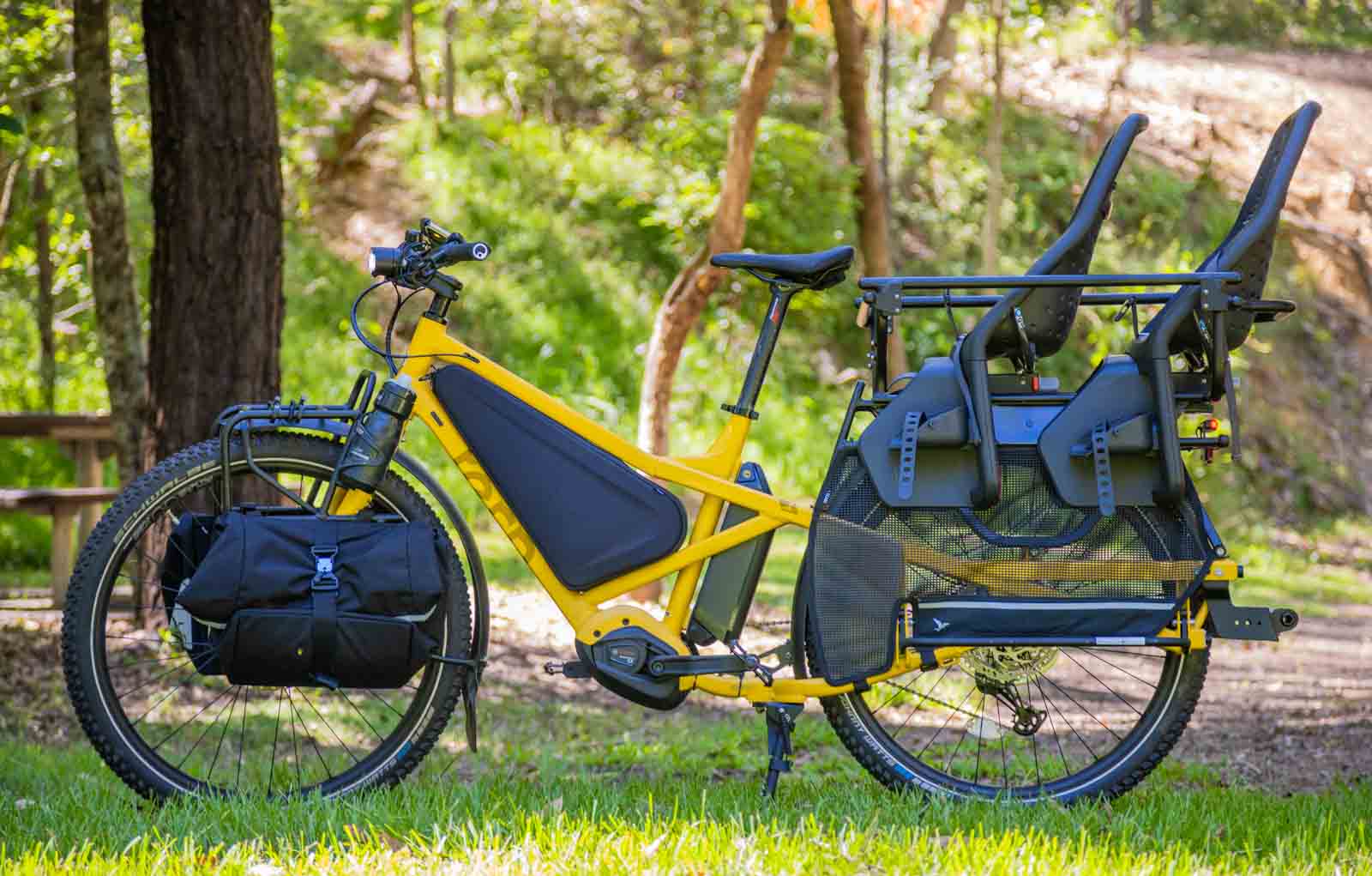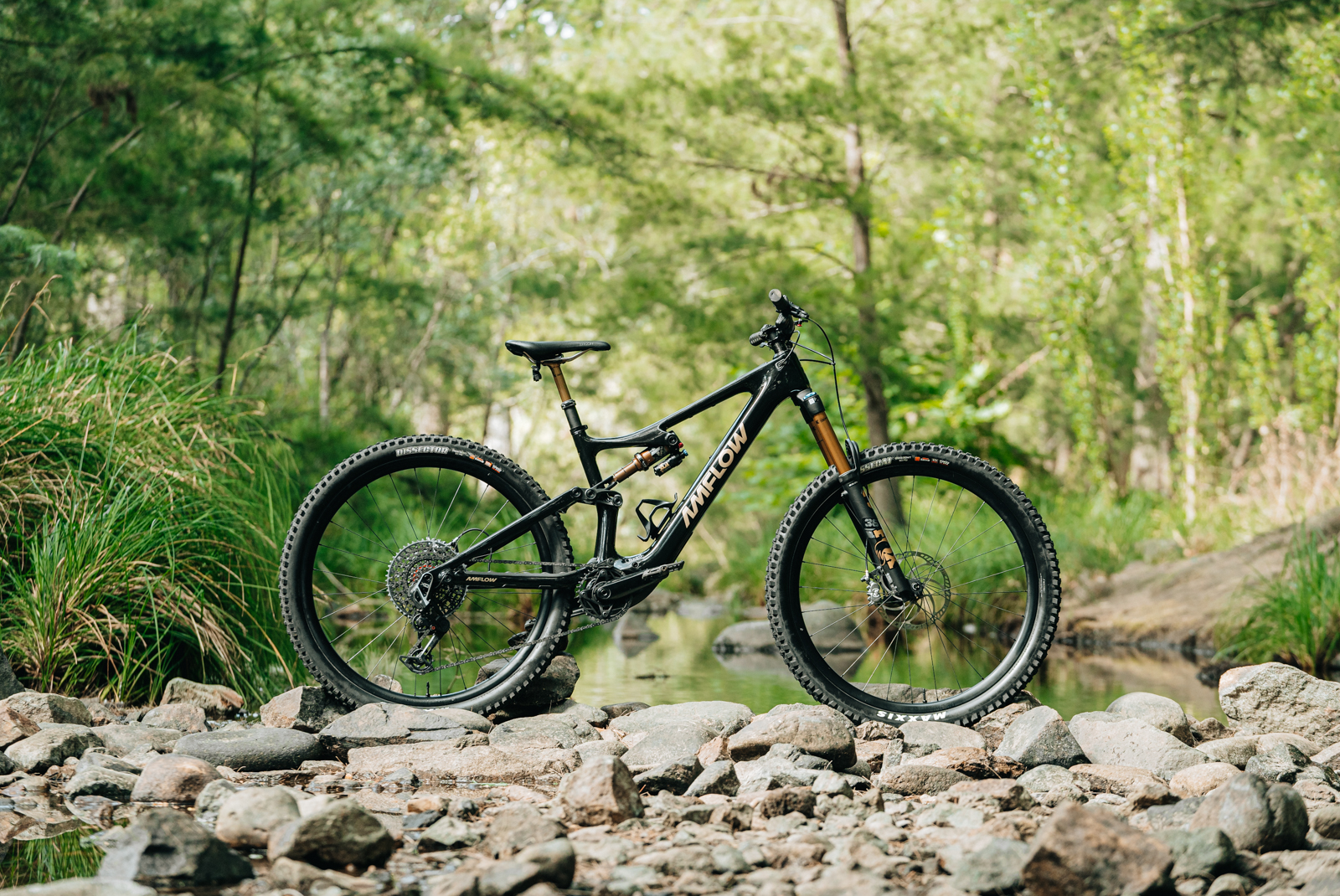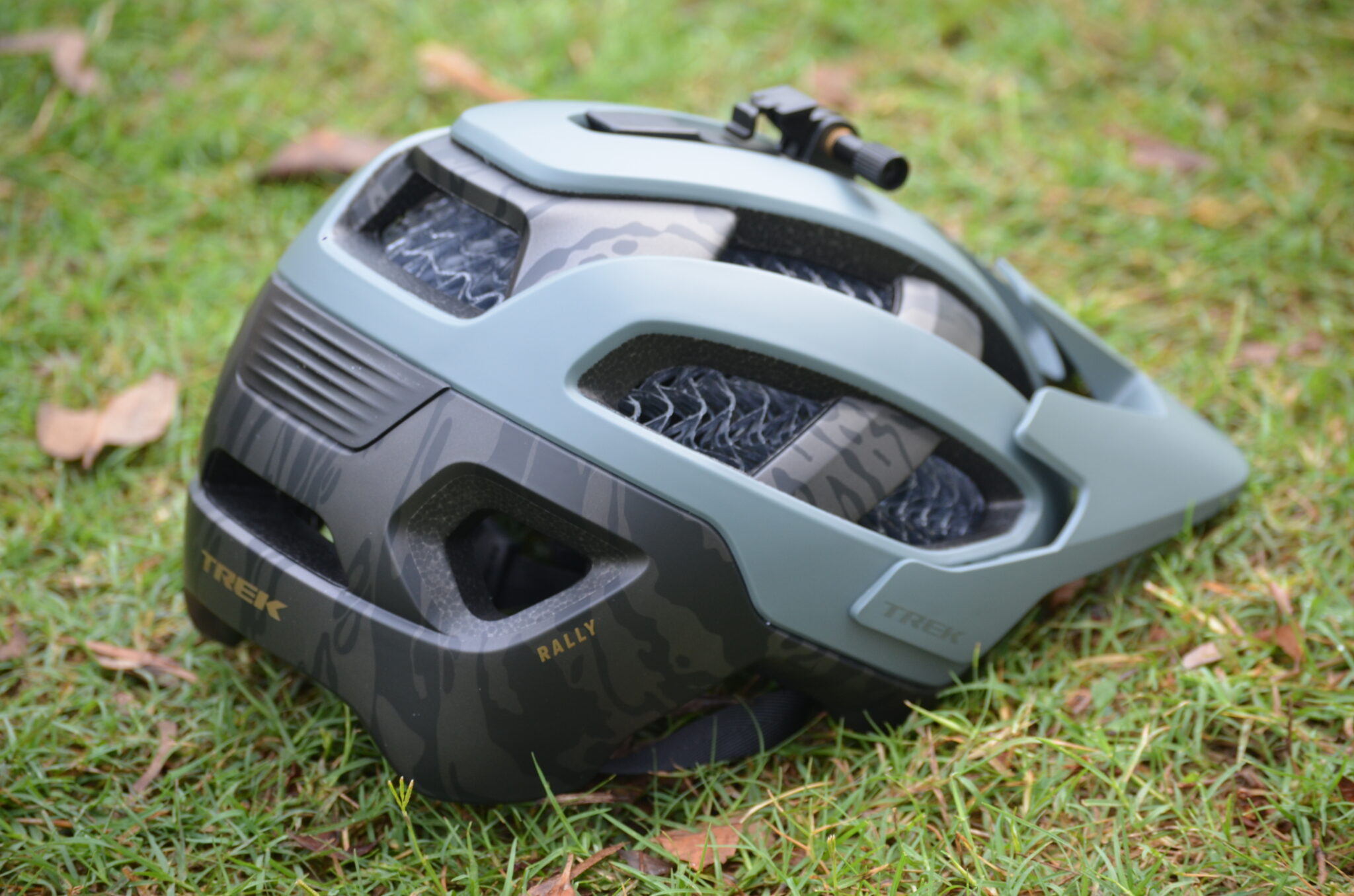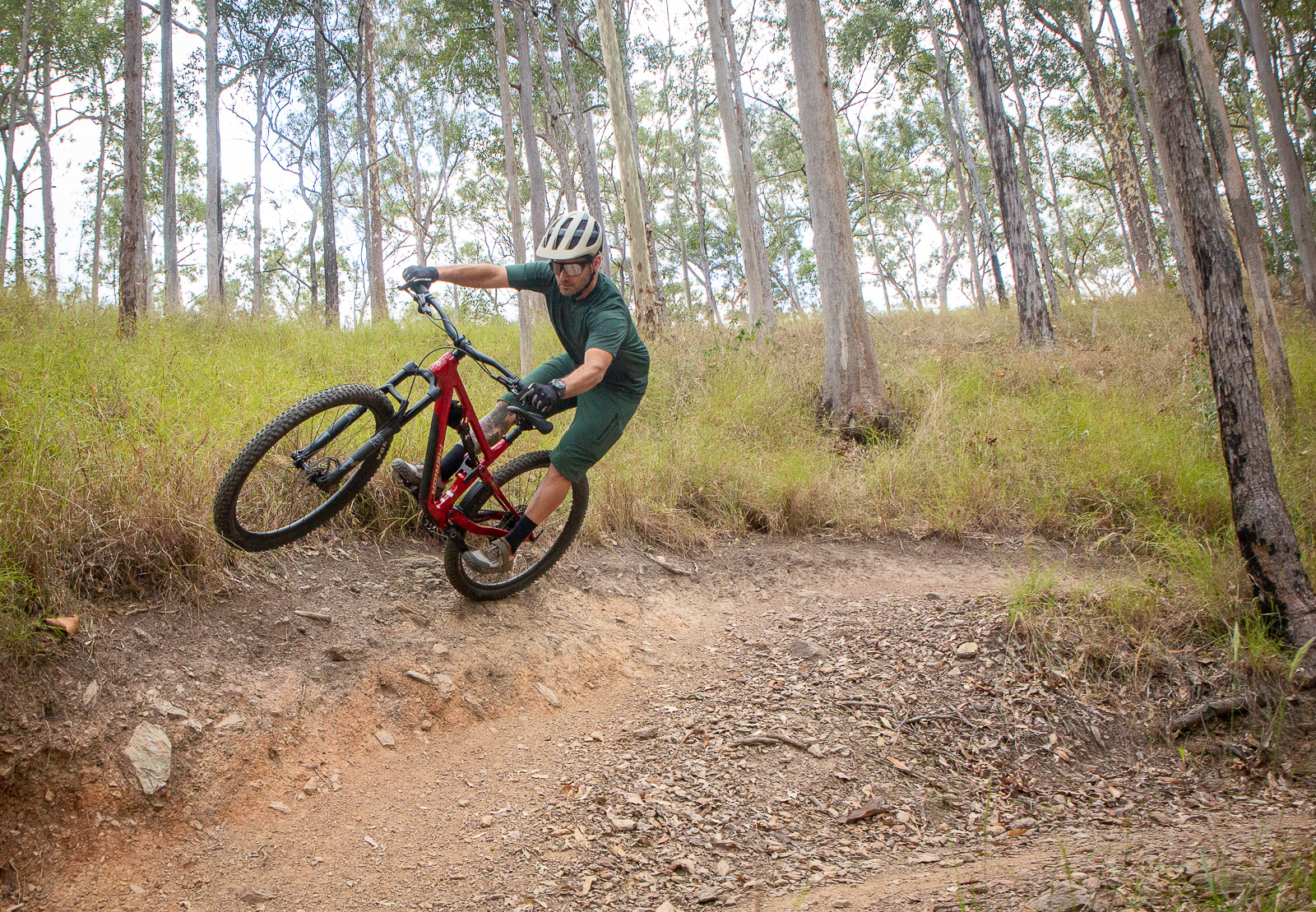Bikepacking up high
Bike packing can be a great way to unlock the truest sense of adventure. We take on New Zealand's Craigieburn area and find out the benefits of heading into the unknown.
Words: Ryan Walsch Images: Tim Bardsley Smith
Bikepacking has been a thing far longer than its trendy name has been around and we are starting to see more and more “bikepackers” on the trails and open roads alike. If you haven’t seen a bikepacker before, the best image I can paint you is this; a steel hardtail, possible drop style bar, beard, sandals, cut off jean shorts, flannelette shirt or merino jersey, heaps of camping equipment and rolls lashed to the bike and frame with leather straps and cord. And a titanium dangle mug on the rear bag.

To be fair, that’s really the most comfortable and relaxed way of doing it as a two wheeled gypsy floating on the wind. What has become more popular and common place is the shorter there and back trips over one or two nights.
Some riders will be asking themselves why on earth one would want to rough it in the wild alpine areas with minimal gear sacrificing creature comforts to make the journey possible. By staying overnight in a hut, tent, bivvy or just under the stars for one night, riders can find themselves in new areas and terrain that may be inaccessible to vehicles or day trips by bike.
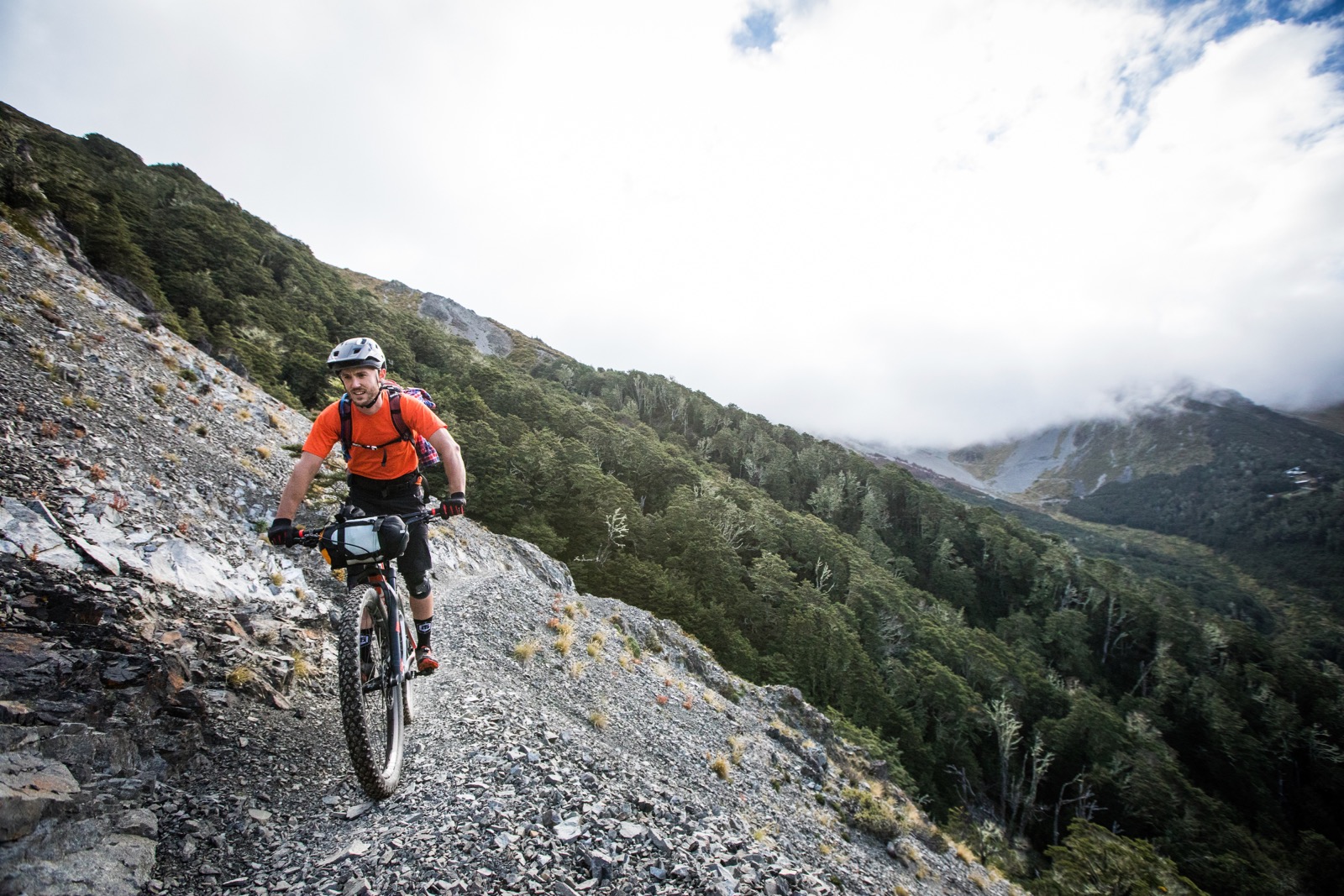
With an endless choice of bikepacking specific or branded apparel and gear available, it can be confusing or potentially off putting to new or inexperienced adventure seekers. We took the opportunity early this year to showcase some ultra lightweight products from Sea to Summit and far from bikepacking spec trail bikes in the South Island of New Zealand earlier this year. The aim was to get above the tree line scouting out new areas to ride, watch the sunrise over a new landscape and have a rowdy time on the trails back home.
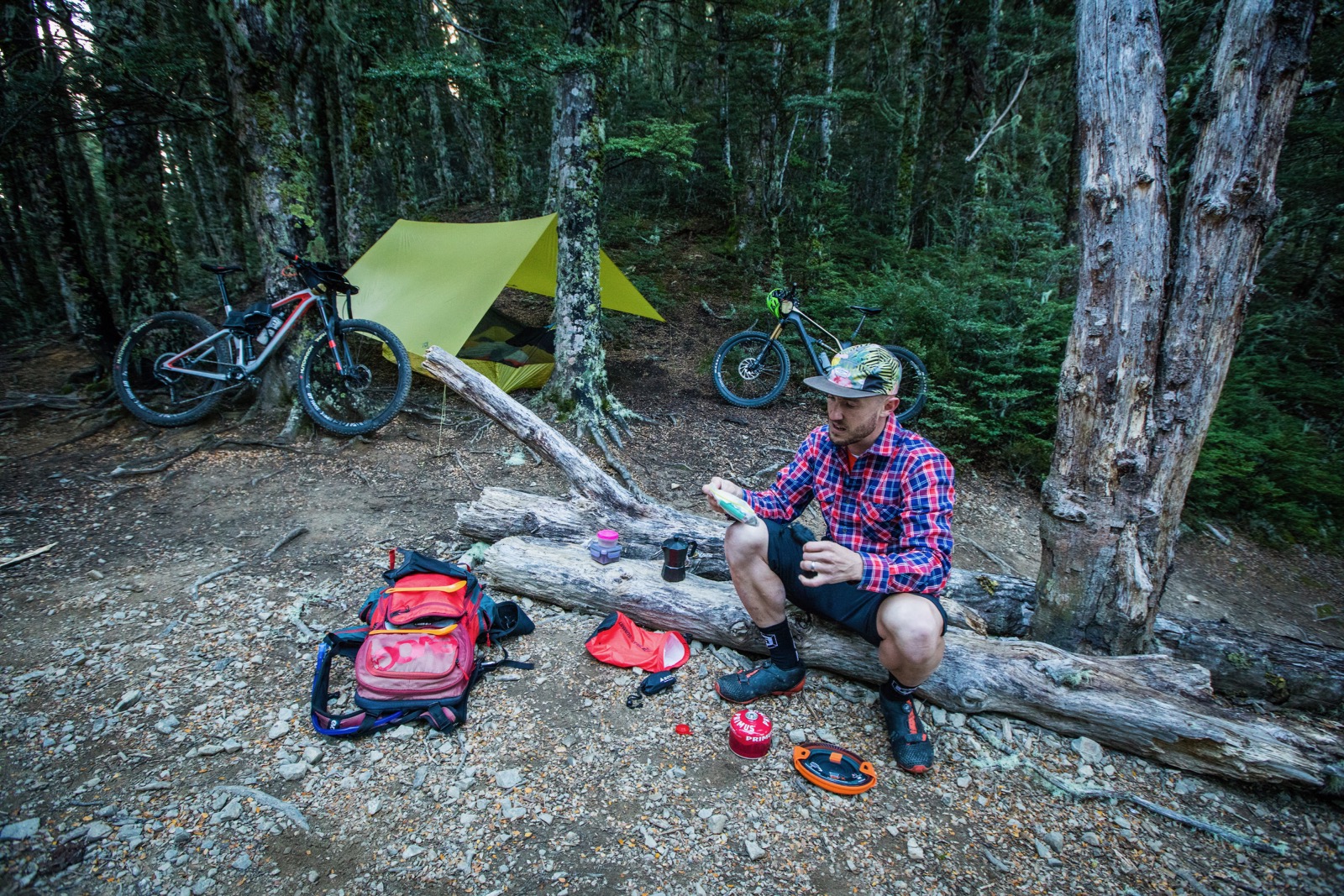
Late last summer Tim and I headed over to the adventure hotspot that is New Zealand’s South Island, flying into Christchurch to pick up a van before going on a Haka MTB Tour. This would be a short trip, having only an afternoon and morning before the tour get into the hills, build our bikes, load up and make the ascent and set up camp before railing back down and getting back to town for the tour. Strangely enough, it is this type of short overnight trip I do most as I can leave work/home to get some fresh mountain air and return smelling like campfire in the morning and get ready for the day ahead.
Hatch a plan and be prepared
Even these short trips require planning, especially when you’re heading into high alpine areas such as our destination in Craigieburn, which for a good portion of the year is a club ski field. Craigieburn’s stunning beech forest and scree slopes can be a hostile place to spend the night if unprepared so with a little local knowledge, some reading and Googling we had a temperature range and long range weather forecast that gave us an idea of what we would be in for. I like to pack my gear up, mount it on the bike beforehand and just make sure it’s going to be stable while riding before I leave the house or country or whatever. It is hard to jimmy up a solution on the trail, so get your setup sorted before you leave.
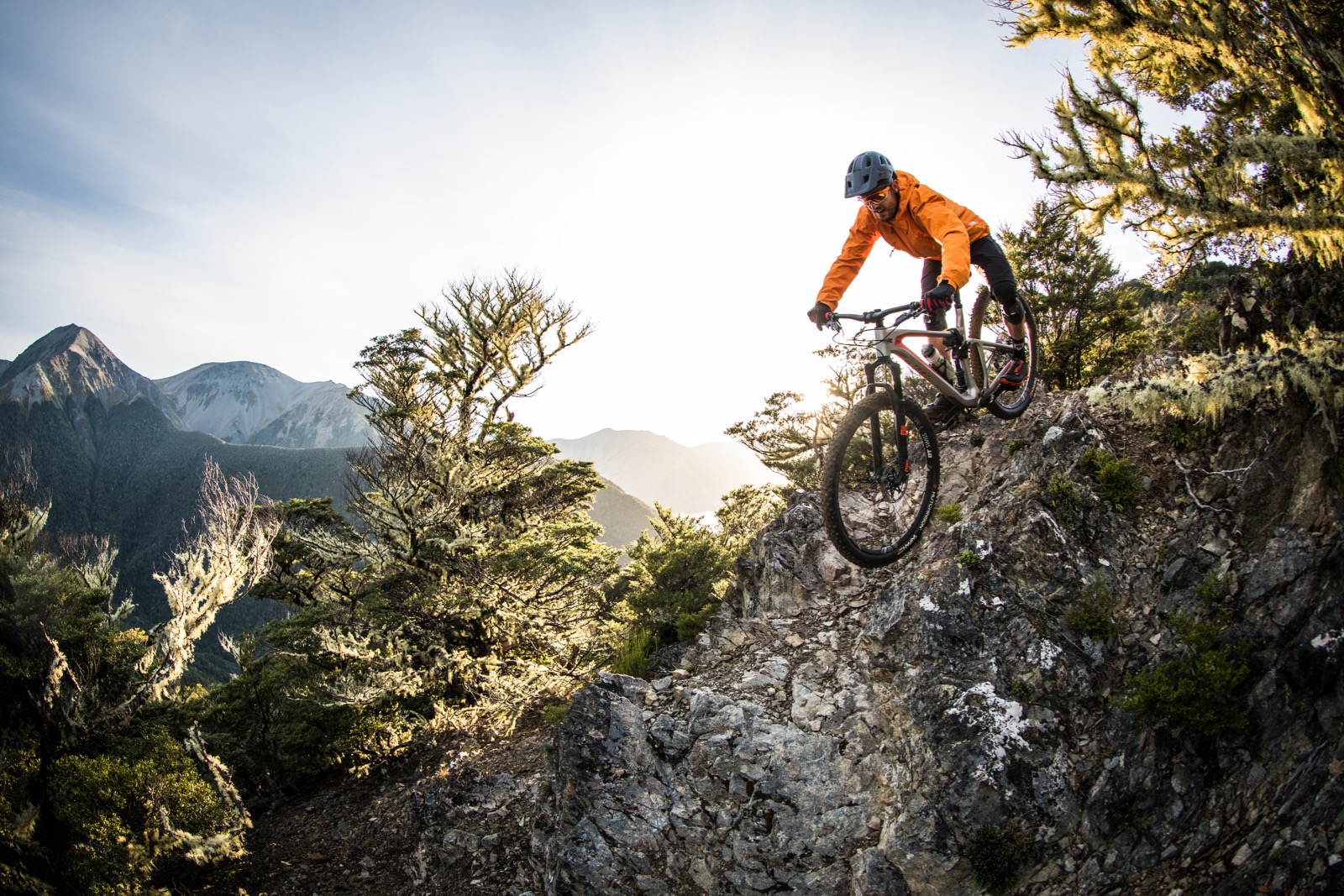
Find out if there is water, emergency shelters or huts near by. This may seem simple or pessimistic but being stuck if something happens or the weather turns knowing where these are could save your life if you end up in the alps for an extra day or worse. On the topic of safety, take a first aid kit that’s packed with things that are appropriate to the activity. A few favourites that live in mine are a cigarette lighter wrapped in approximately one metre of gaffer tape which can be used for both medical or mechanical issues. Super glue which has saved me for both medical and mechanical and lastly glad wrap. Glad wrap may seem even stranger than super glue but if you buy a 30m x 30cm roll of gladwrap, cut it into 3 x 10cm width sections and squish it flat for packing and you now have the ultimate waterproof bandage.
What we took – what to bring
Heading to Craigieburn was a first for me however I have ridden in beech forests in New Zealand before and am familiar with the roots and steep trails we would encounter. It is these reasons why a trail bike would be much more appropriate than a steel jalopy of a thing when hanging off the back.

We were taking the Canyon Spectral and BMC Speedfox away for review and while both are capable trailbikes, they are certainly not your typical bikepacking rigs. This was very much “run what you brung”, and that can be can be heaps of fun and where some people go wrong getting too wrapped up in buying all new gear, custom steel frames and getting weight obsessed. Bikepacking does not have to be expensive and high tech, you can make do with what you have and it still remains safe and fun.
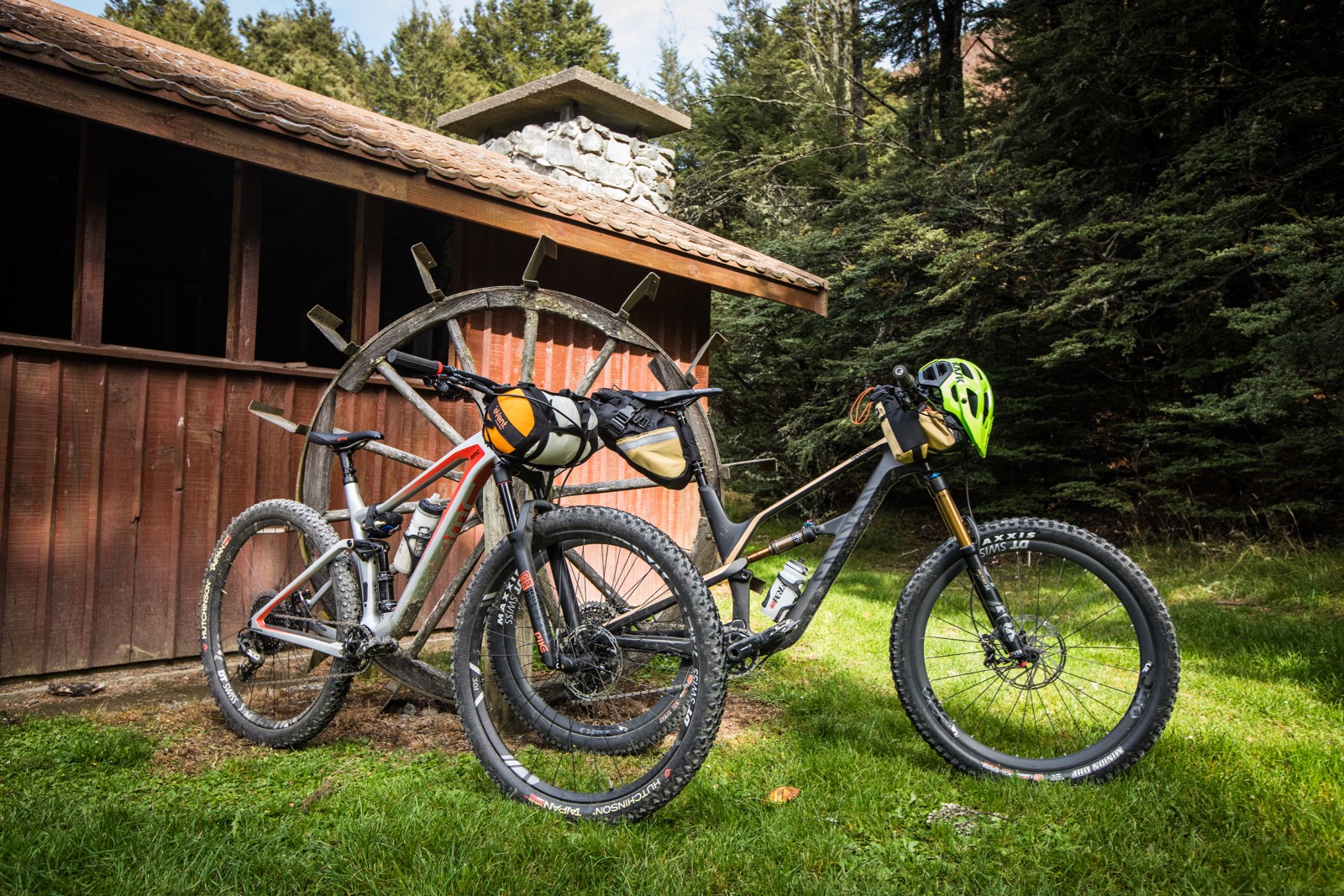
On longer trips that are less about trail riding, I would normally try and get gear off my back and onto the bike, with a hardtail it’s much easier to have frame bags and get that weight low down keeping the bike stable and able to carry much more. Both Tim and I would be using a combo of backpacks and some storage on the handlebars. As Tim and I mostly ride with packs, it wasn’t an issue on a short trip however if you’re not used to it, your lower back, butt and shoulders might be screaming at you and getting that gear onto the bike might be a better idea.
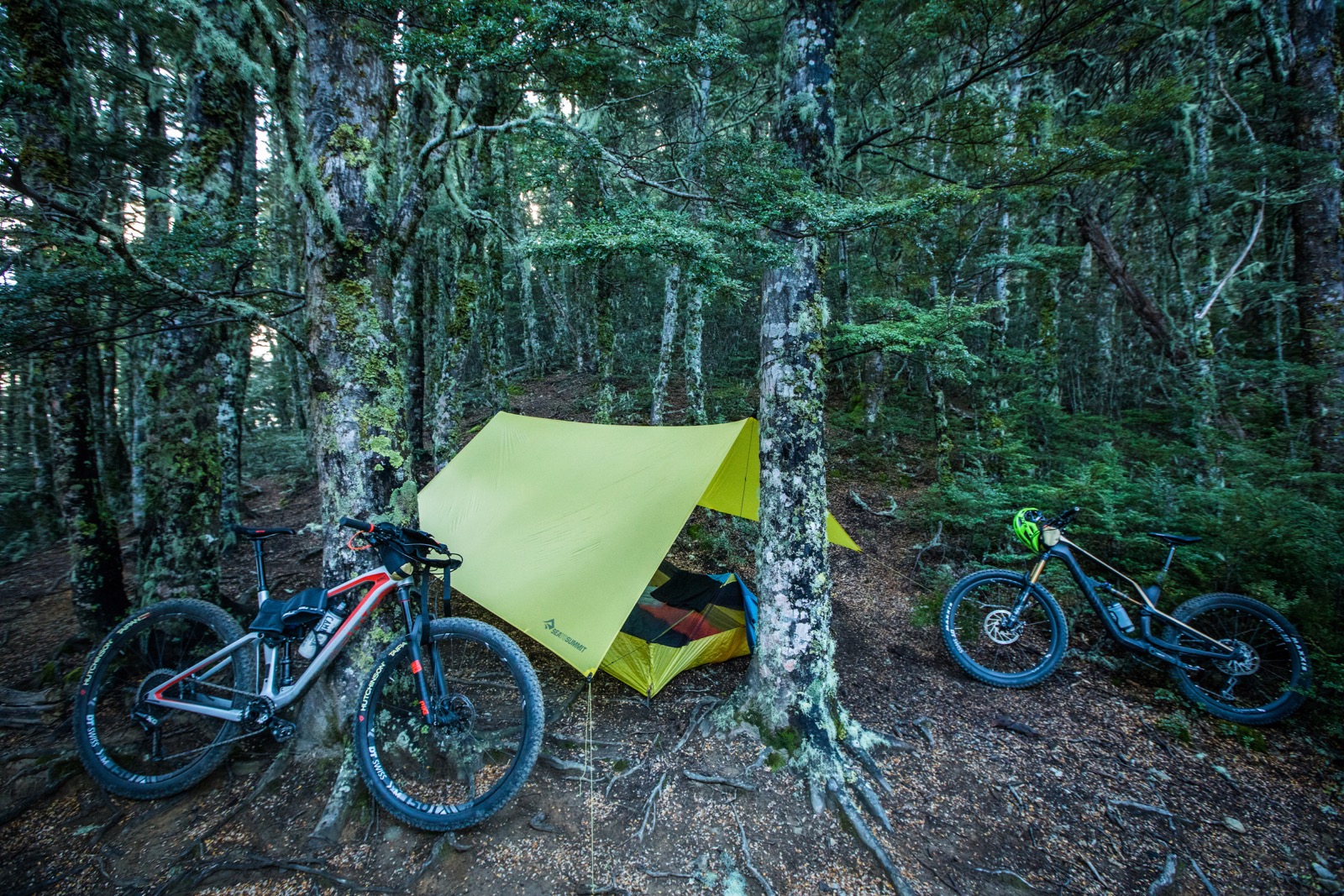
When loading up your bike or pack with extra gear, it is important to adjust the suspension and tyre pressure accordingly. As we were both running some gear on the bars and a heavy pack, our weight bias was actually slightly front of centre. I added a volume spacer and a few psi to the RockShox Pike on the front of the BMC while Tim upped his pressure slightly.

Depending on numbers cooking together could save on a heap of equipment being carried, try and divide the food. As Tim doesn’t drink coffee it was up to me to carry the stovetop and burner as getting up for sunrise requires at least a little bit of black gold.
Food for a one nighter is always easy, freeze dried food is light and relatively inexpensive especially when travelling. Things like porridge with some dried fruit and brown sugar are my usual staple for breakfast and can be pre cooked in and put in zip lock bags or baked as bars if you need fast and ready to eat meals for along the way.

We had a probable weather range of 25 degrees to a low of 5 degrees overnight with high humidity and possible light drizzle. So we decided to take a Sea to Summit Escapist shelter which is basically a 3 x 3 metre tarp with mesh tent and waterproof footprint to keep us and our camera gear dry.
With a cool evening in store we took Sea to Summit’s Spark 2 sleeping bags which are rated to 2 degrees and weigh roughly 450grams packing down to the size of pineapple rings. As these bags were on loan and they are ultra light weight (and having serious doubts if they were going to be warm enough) we both had packed silk sleeping bag liners. Silk liners offer a small amount of added insulation and keep the down dry and clean, keeping you warm for many years. If you don’t have one, buy one.
Find our test of the Sea to Summit range of bike packing equipment HERE
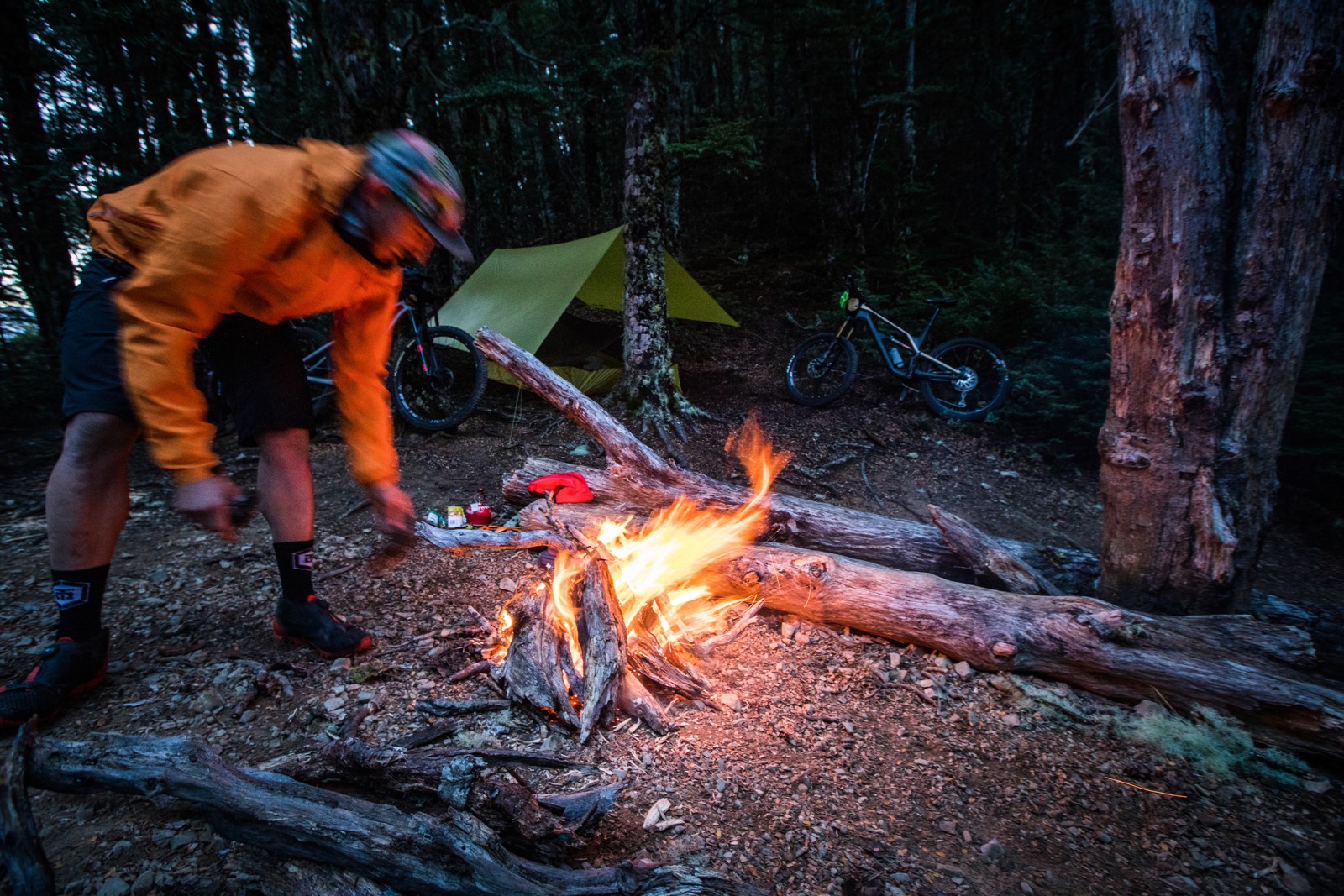
The last piece of our sleep system was insulated air mattresses, sleeping directly on the ground can be uncomfortable and cold and while some grasses can be pretty comfortable after a long day nothing beats a good air mattress.
Clothing should be layered in the mountains, trying to avoid sweating profusely is the aim of the game. Being able to shed layers on the way up and add them at the top makes a huge difference to your comfort overnight. I always wear a merino base layer which doesn’t smell like a wet dog after a day or two and if you wear knicks riding like me, some pants to wear around camp so your knicks can air/dry out overnight. Throwing a spare pair of socks and gloves in your pack with your waterproof jacket is a serious morale booster if you have had a damp and cold evening, it takes up very little room and really makes you feel warm and fuzzy in the morning when you can’t get a fire started again.
Why ride high?
Bikepacking can take you anywhere there is a trail, the possibilities are actually endless. We really wanted to get ourselves above the tree line looping up into the club ski fields above Craigieburn, along the Edge Track onto Lyndon Saddle and up Helicopter Hill for sunrise the next morning before descending back down some seriously epic singletrack.
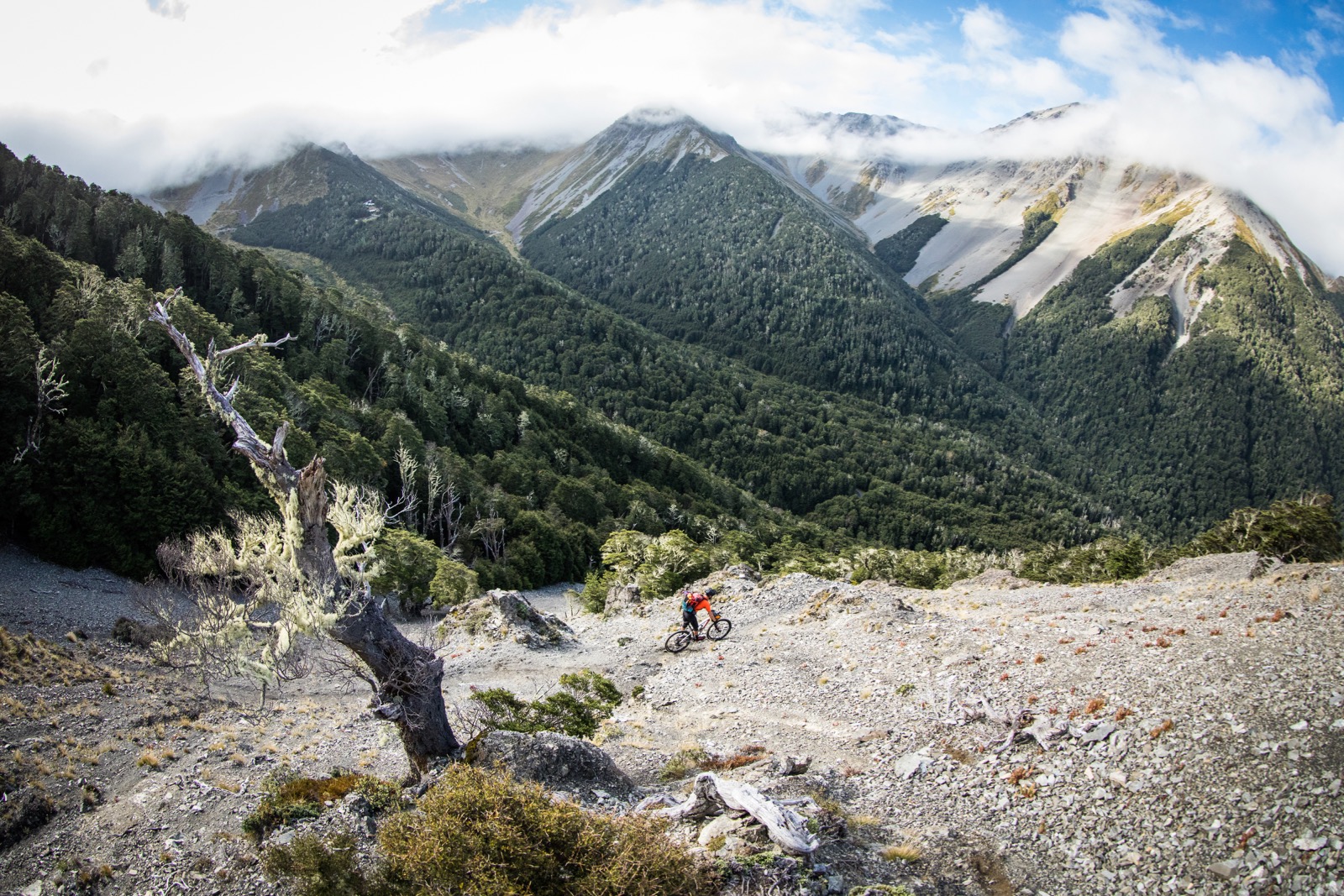
There are many attractions to heading into the hills on your next bikepacking adventure, the most obvious one is what goes up must come down. After a long slog up a mountain range, enjoying an evening in front of a fire and waking up to see the sunrise nothing quite beats bombing longer trails back into town.
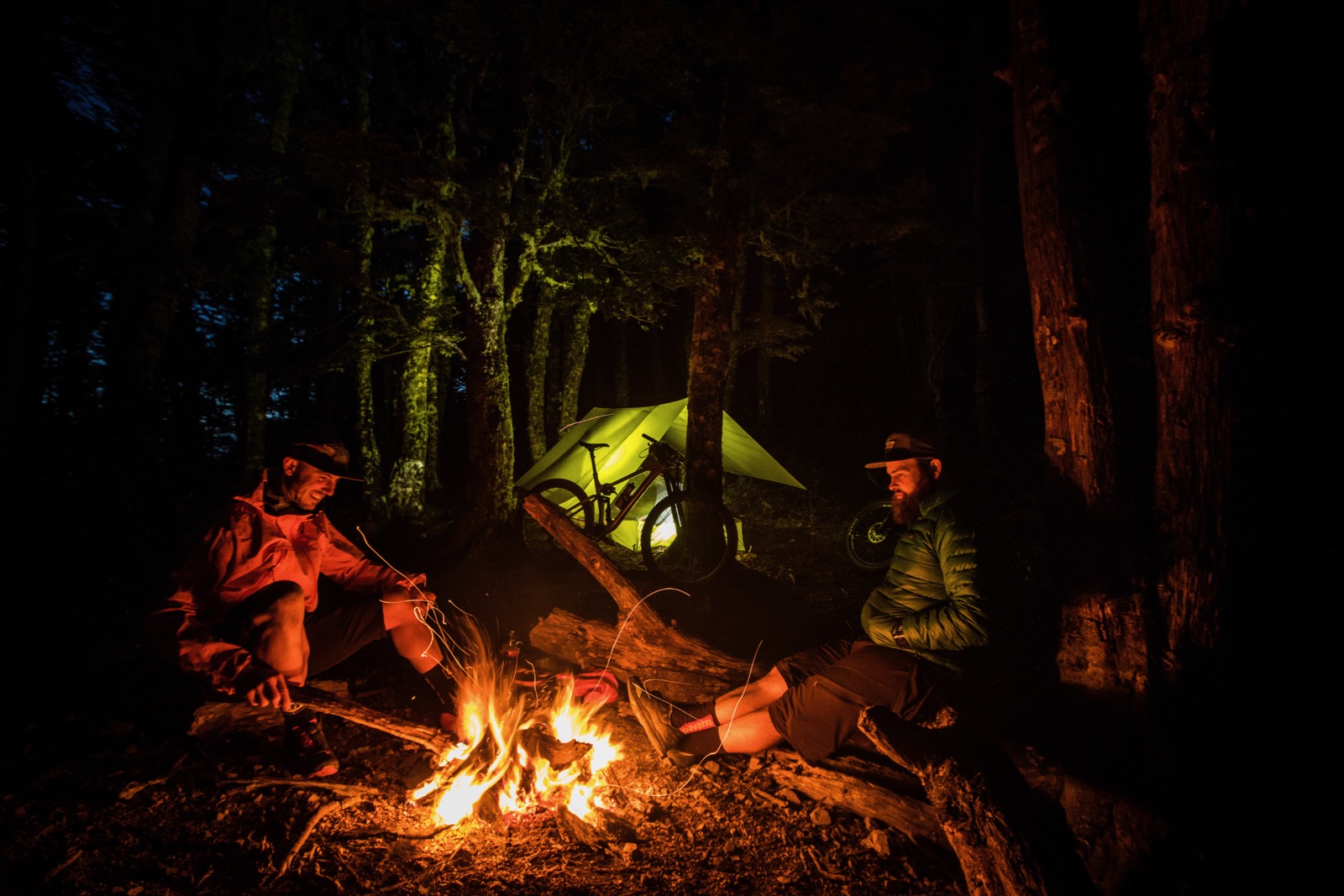
The views are almost always better up high, if you’re lucky enough to make it above the tree line the sunrise in the morning is going to be even more spectacular.

People you encounter high in the mountains are rad because it is harder to get to, there are no big crowds here just friendly folk who may share a yarn and are doing the same thing you are, escaping.
Bikepacking in Craigieburn
We parked at the Craigieburn Trail head on Craigieburn Valley Ski Field Rd, where there is a small water tank that was nearly empty (lucky we brought our own). It was about a 7km ascent with 550m vert to the ski fields along an increasingly steep fireroad in excellent condition. The next few kilometres ascend further up and along The Edge Track to Lyndon’s Saddle and there are scree slopes with exposure, we wanted to get past these sections while it was still light and have a chance to setup camp before the clouds rolled in.
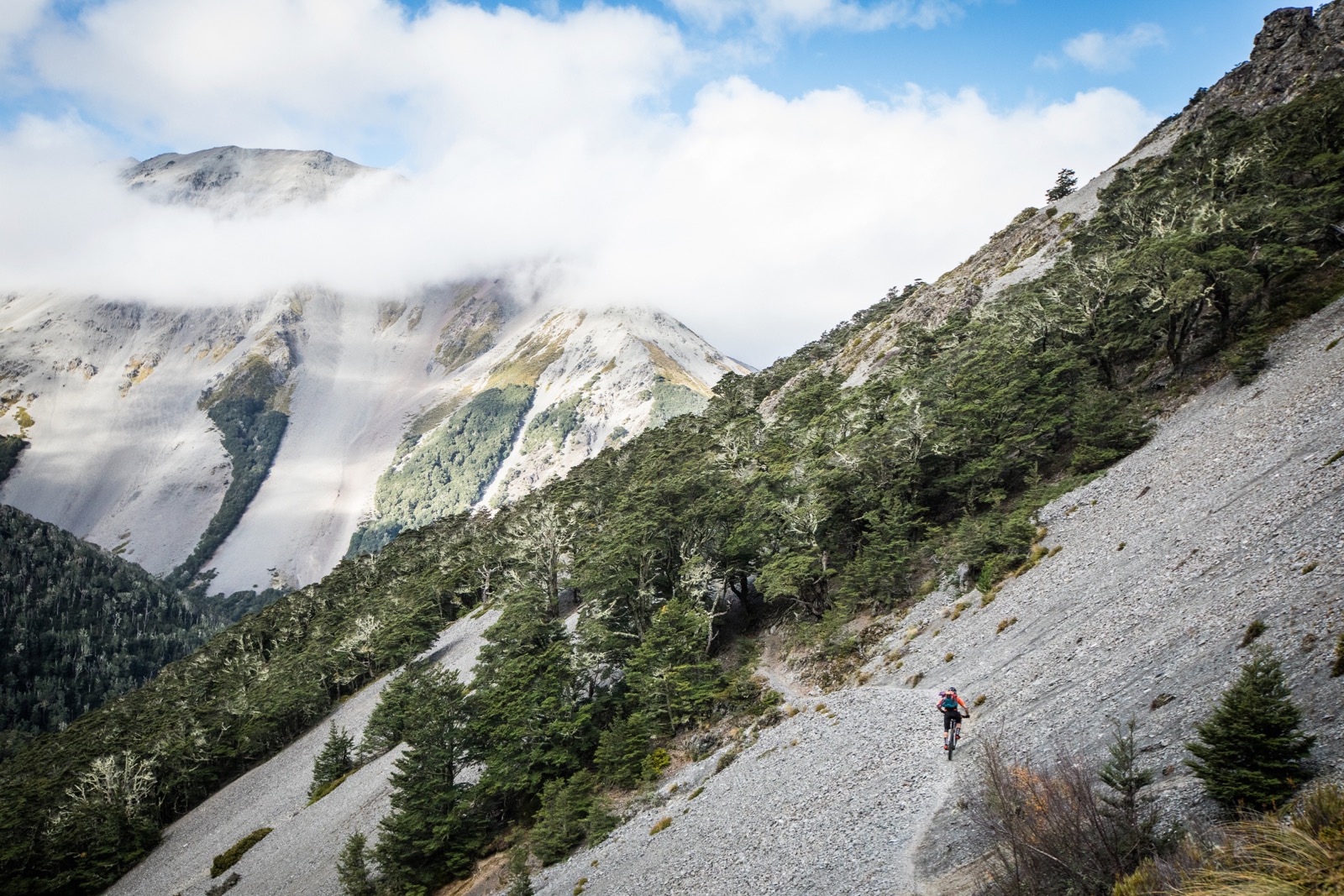
We would wake before dawn, climb up Helicopter Hill (in Australia we would call it a mountain) and watch the incredible sunrise that sheds light across the tips of Castle Hill and surrounding Lord of the Rings region.
Kit grid
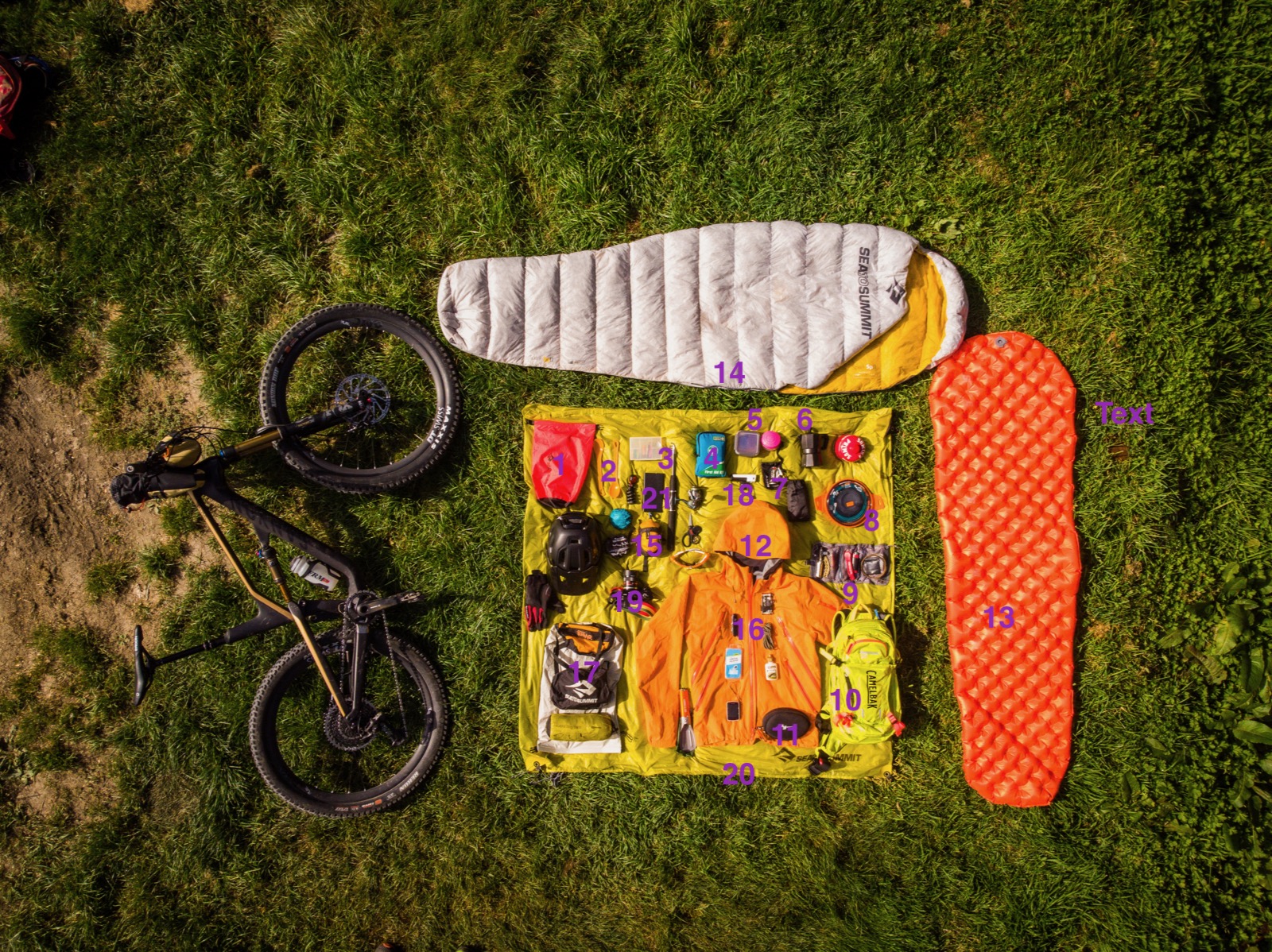
1. Dry bags
2. Camp spoons
3. Fishing gear, Telescopic rod and small setup for Trout.
4. First aid kit Including Emergency blanket, triangle bandage, super glue, gaffer tape and glad wrap.
5. Coffee, why would you bother going.
6. Stovetop coffee machine
7. Soto Micro stove
8. Sea to Summit X-Set 21 cooking set
9. Bike spares, Gear cable, chain links and joining links, tyre boots, Co2 and the usual.
10. Camelbak MULE
11. Gopro and Gimbal
12. Waterproof jacket
13. Sea to Summit Ultralight Insulated Air mattress
14. Sea to Summit Spark 2 sleeping bag
15. Sea to Summit Ultralight Hammock
16. Swiss Army Knife with saw
17. Sea to Summit Escapist shelter
18. Bontrager Ion USB light 700 lumen
19. Camera
20. Sea to Summit Escapist tarp 3m x 3m
21. 20000mhA battery for charging the goodies
